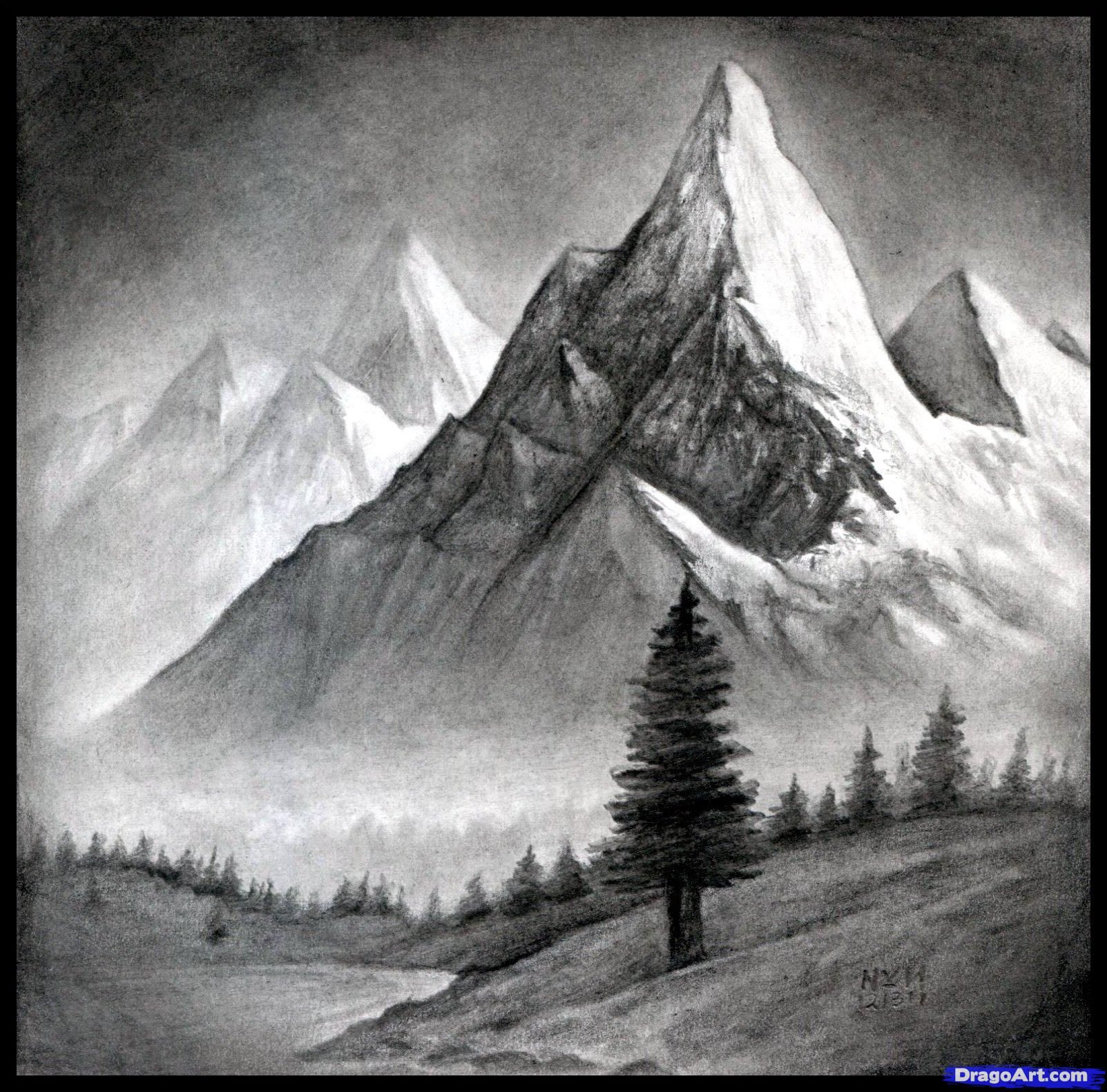

Many barrow groups appear to have been deliberately located on hilltops visible from Stonehenge itself, such as those on King Barrow Ridge and the particularly rich burials at the Normanton Down cemetery.įour of the sarsens at Stonehenge were adorned with hundreds of carvings depicting axe-heads and a few daggers. In the early Bronze Age, one of the greatest concentrations of round barrows in Britain was built in the area around Stonehenge. From about 2400 BC, well-furnished Beaker graves such as that of the Amesbury Archer are found nearby. The stone settings at Stonehenge were built at a time of great change in prehistory, just as new styles of ‘Beaker’ pottery and the knowledge of metalworking, together with a transition to the burial of individuals with grave goods, were arriving from the Continent. They may have been intended for a rearrangement of the stones that was never completed. One of the last prehistoric activities at Stonehenge was the digging around the stone settings of two rings of concentric pits, the so-called Y and Z holes, radiocarbon dated by antlers within them to between 18 BC. The earthwork Avenue was also built at this time, connecting Stonehenge with the river Avon. Probably at the same time that the stones were being set up in the centre of the monument, the sarsens close to the entrance were raised, together with the four Station Stones on the periphery.Ībout 200 or 300 years later the central bluestones were rearranged to form a circle and inner oval (which was again later altered to form a horseshoe). The sarsens were erected in two concentric arrangements – an inner horseshoe and an outer circle – and the bluestones were set up between them in a double arc.

Two types of stone are used at Stonehenge – the larger sarsens and the smaller ‘bluestones’. In about 2500 BC the stones were set up in the centre of the monument. About 64 cremations have been found, and perhaps as many as 150 individuals were originally buried at Stonehenge, making it the largest late Neolithic cemetery in the British Isles. Within and around the Aubrey Holes, and also in the ditch, people buried cremations. There has been much debate about what stood in these holes: the consensus for many years has been that they held upright timber posts, but recently the idea has re-emerged that some of them may have held stones. Within the bank and ditch were possibly some timber structures and set just inside the bank were 56 pits, known as the Aubrey Holes. This enclosed an area about 100 metres in diameter, and had two entrances. If true, the path is closed with a straight line from the end of the last curve to the starting point.It is possible that features such as the Heel Stone and the low mound known as the North Barrow were early components of Stonehenge, but the earliest known major event was the construction of a circular ditch with an inner and outer bank, built about 3000 BC. The last drawing method call used to define the shape should not have a null style argument. A null value postpones setting the style so that a shape may be composed using multiple method calls. Valid styles include: 'S' - stroke, 'F' - fill, and 'DF' (or 'FD') - fill then stroke.

Negative flips the direction.Ī string specifying the painting style or null. Elements can be any floating number Sub-one makes drawing smaller. (Defaults to ) x,y Scaling factor for all vectors.
Circle landscape drawing pdf#
lines(,], 212,110,, 'F', false) // line, line, bezier curve, line Parameters: NameĪrray of vector shifts as pairs (lines) or sextets (cubic bezier curves).Ĭoordinate (in units declared at inception of PDF document) against left edge of the page.Ĭoordinate (in units declared at inception of PDF document) against upper edge of the page. All vectors are against the start of the curve - x1,y1. X, y become x1,y1 for first line / curve in the set.įor lines you only need to specify - (ending point) vector against x1, y1 starting point.įor bezier curves you need to specify - vectors to control points 1, 2, ending point.

Circle landscape drawing series#
Please inform yourself before you use it.Īdds series of curves (straight lines or cubic bezier curves) to canvas, starting at x, y coordinates.Īll data points in lines are relative to last line origin. Only put fonts into the PDF, which were used. If you want to use your own format just pass instead of one of the above predefined formats the size as an number-array, e.g. Possible values are "pt" (points), "mm", "cm", "m", "in" or "px".ĭefault is "a4". Measurement unit (base unit) to be used when coordinates are specified. Possible values are "portrait" or "landscape" (or shortcuts "p" or "l"). Collection of settings initializing the jsPDF-instance Properties Name


 0 kommentar(er)
0 kommentar(er)
